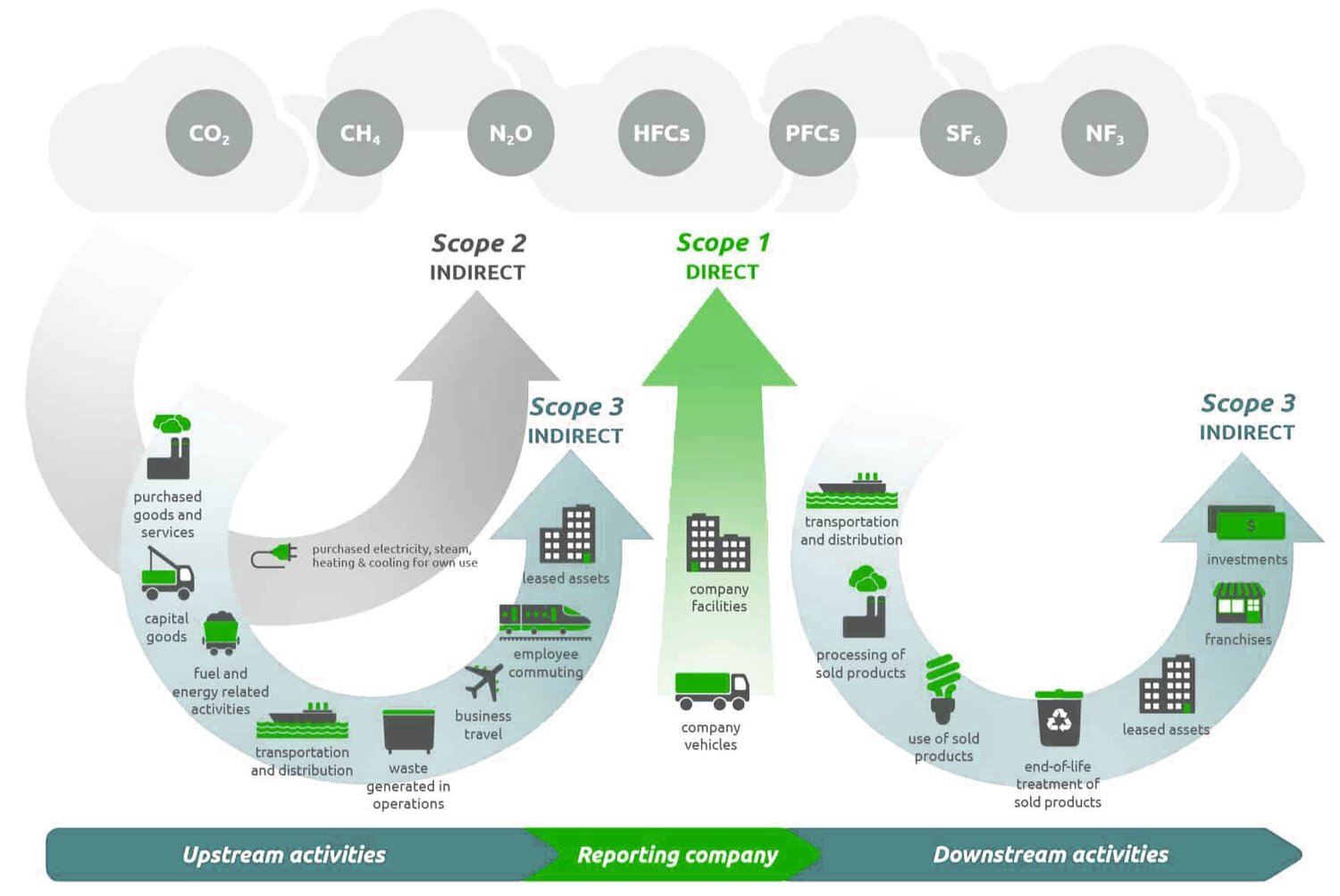How Health Care Contributes to Climate Change
The U.S. health care sector pollutes more than any other industrialized health system in the world, with health care generating up to 10% of total nationwide greenhouse gas emissions. Emissions from the U.S. health care system rose by 6% across the last decade, reaching 1,692 kg per capita in 2018.
These increases in the health care sector’s carbon footprint are driven largely by spending. In general, the higher health care spending is, measured as a percentage of a country’s GDP, the higher the per capita health care emissions are in that country. Because the health care system is such a large part of GDP - this gives health care a unique opportunity. By decarbonizing the sector, health care will drive decarbonization of the entire economy. The makeup of a country’s energy system and its economy are also important factors. Analyzing the carbon footprint of health care provides a roadmap for targeting reductions through cleaner energy, resource efficiency, and better sourcing.
Health care contributes to greenhouse gas emissions mainly through energy consumption and product manufacturing, use, and disposal. Greenhouse gas emissions are categorized into three 'Scopes' by the most widely-used international accounting tool, the Greenhouse Gas (GHG) Protocol.
Scope 1 covers direct emissions from sources that the entity owns or controls
Scope 2 covers indirect emissions from the generation of purchased electricity, steam, heating, and cooling
Scope 3 includes all other indirect emissions that occur in an entity’s value chain including purchased goods
An estimated 80% of U.S. health care sector emissions come from the supply chain (Scope 3) through production, transportation, and disposal of goods and services, such as pharmaceuticals and other chemicals (which are particularly carbon intensive), food and agricultural products, medical devices, hospital equipment, and instruments. With the supply chain accounting for such a large proportion of emissions, a focus on efforts to reduce supply chain emissions for health care goods and services is critical. Initiatives that reduce Scope 3 emissions include resource efficiency, optimizing business travel, sourcing low-carbon products, partnering with vendors to increase clean energy sources, and reducing waste.
Purchased energy (Scope 2) accounts for about 11% of overall health care emissions, and direct emissions from health care facilities (Scope 1) contributes about 7%. At the heart of the sector’s emissions is the consumption of fossil fuels—energy makes up more than half of health care’s total climate footprint across all three scopes. Reducing the carbon footprint of energy entails maximizing efficiency, then strategically substituting fossil fuels with renewable energy and alternative fuel sources.
With the substantial size of the health care sector's carbon footprint, hospitals’ efforts to reduce emissions and build climate resilience have the potential to significantly move the needle on climate change. Several U.S. health systems are already leading the way toward decarbonization, serving as models for the rest of the sector. Explore the Health Care Climate Council’s Climate Action Playbook for insights on how hospitals are operationalizing climate solutions.
If health sector growth and investment is coupled with strong action to reduce emissions in line with global climate targets, the sector’s carbon footprint can shrink significantly even as health care spending grows. Stay tuned for upcoming articles where we will explore strategies health care organizations are implementing to mitigate climate change and build climate resilience and how hospitals can help become change agents for good and support climate progress in the broader communities they serve.


